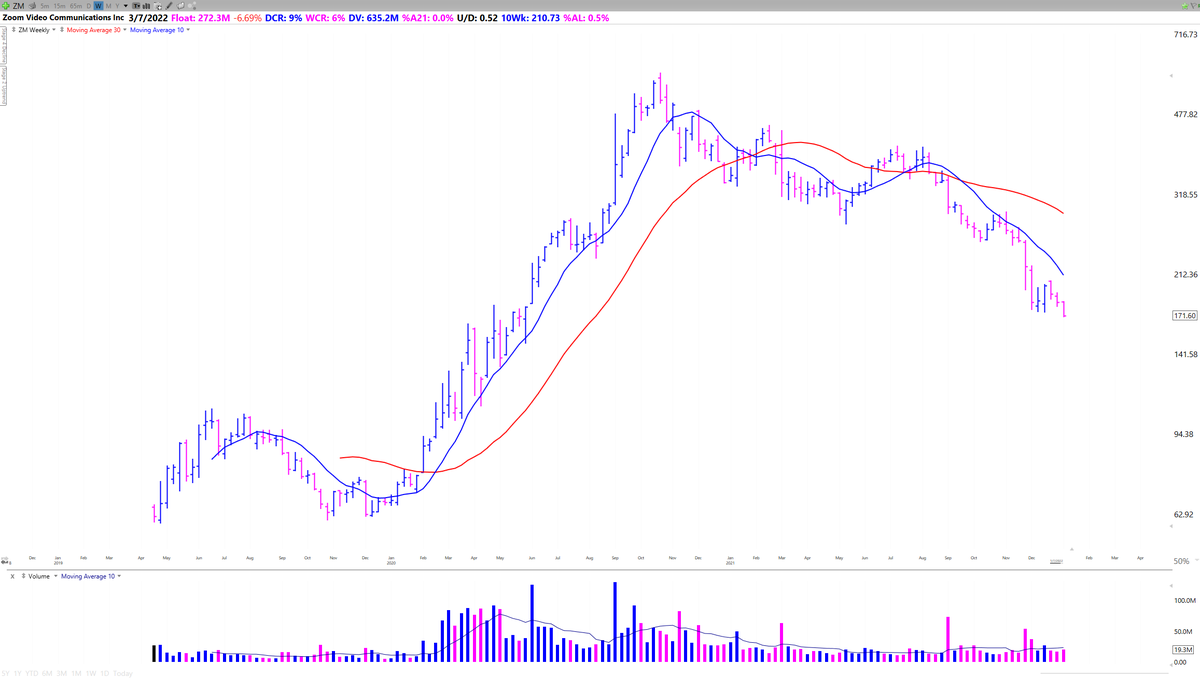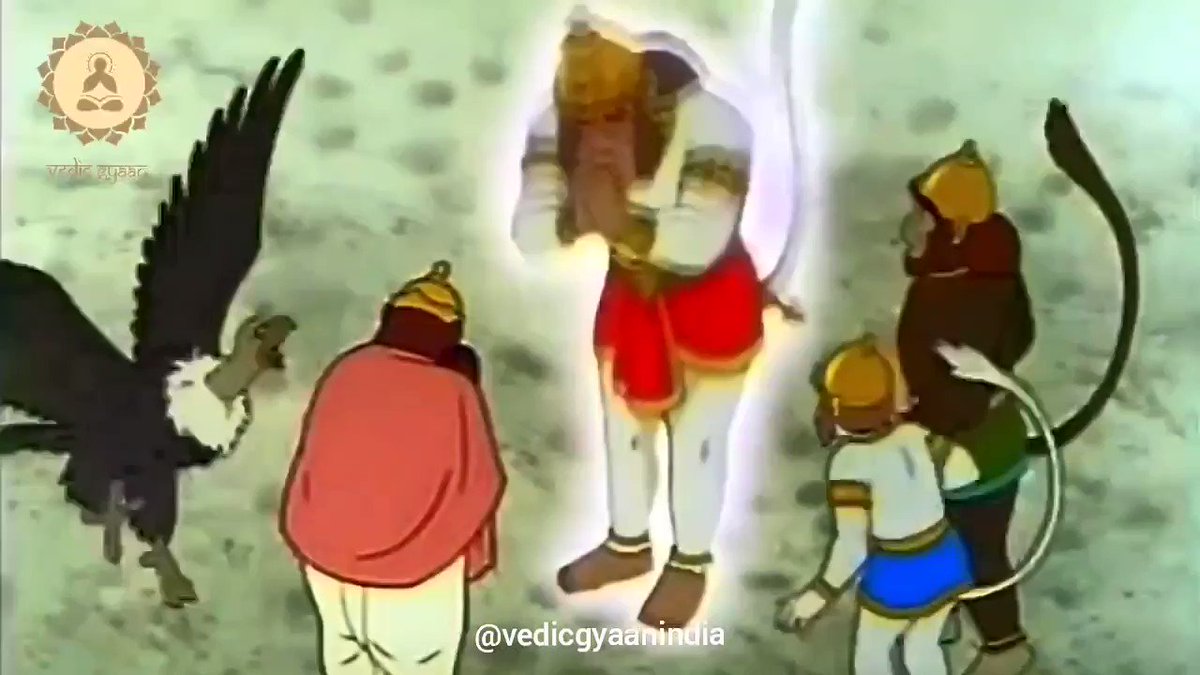An Introduction to Price and Volume Action (thread)
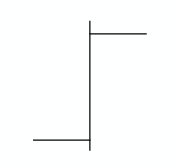


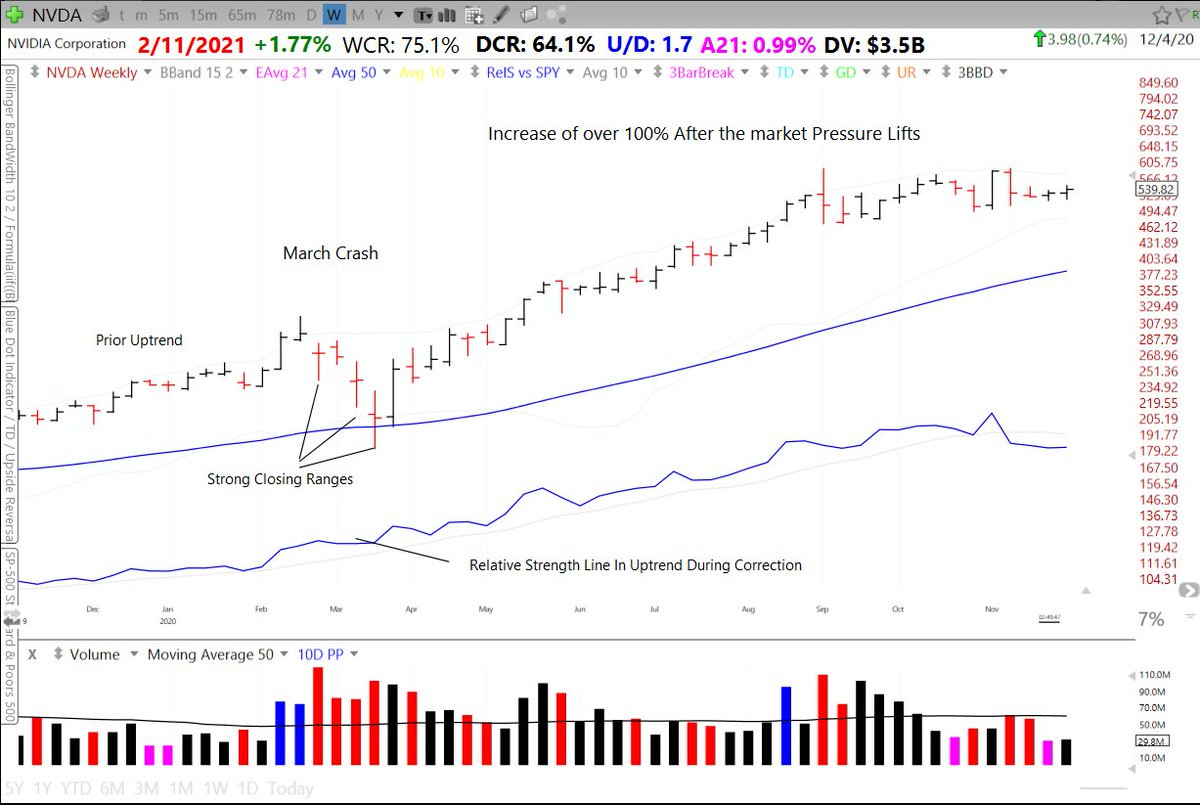
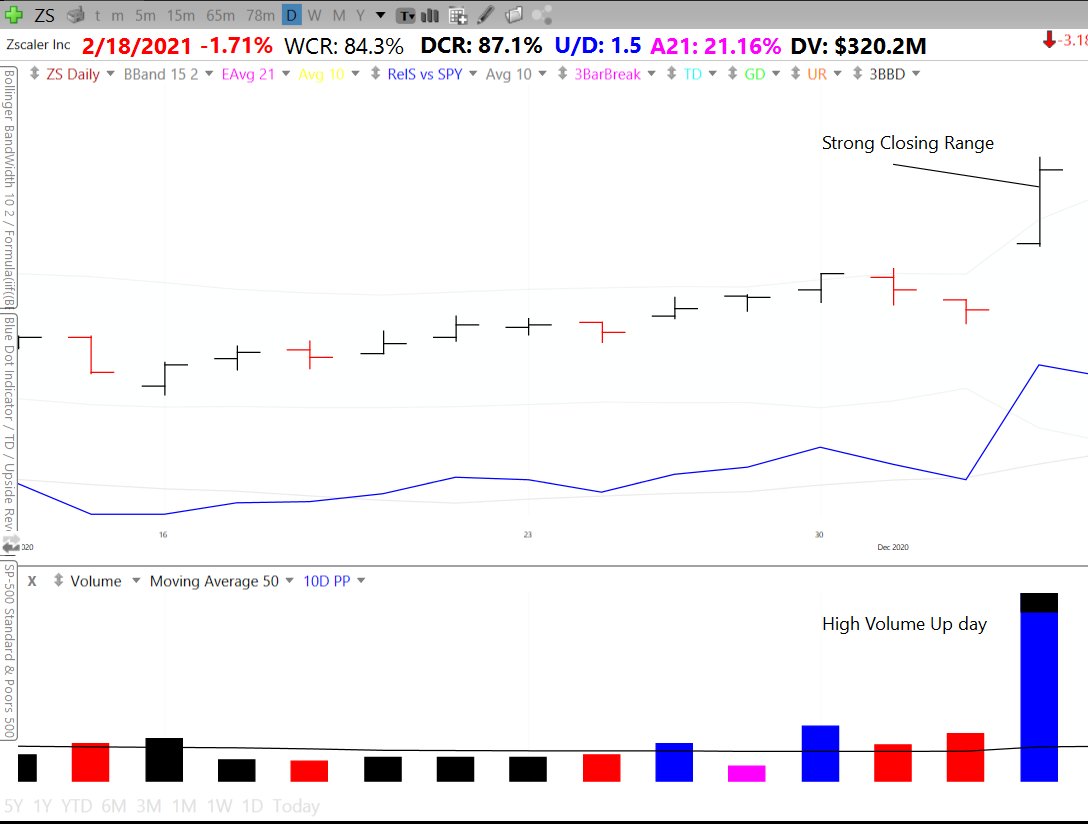

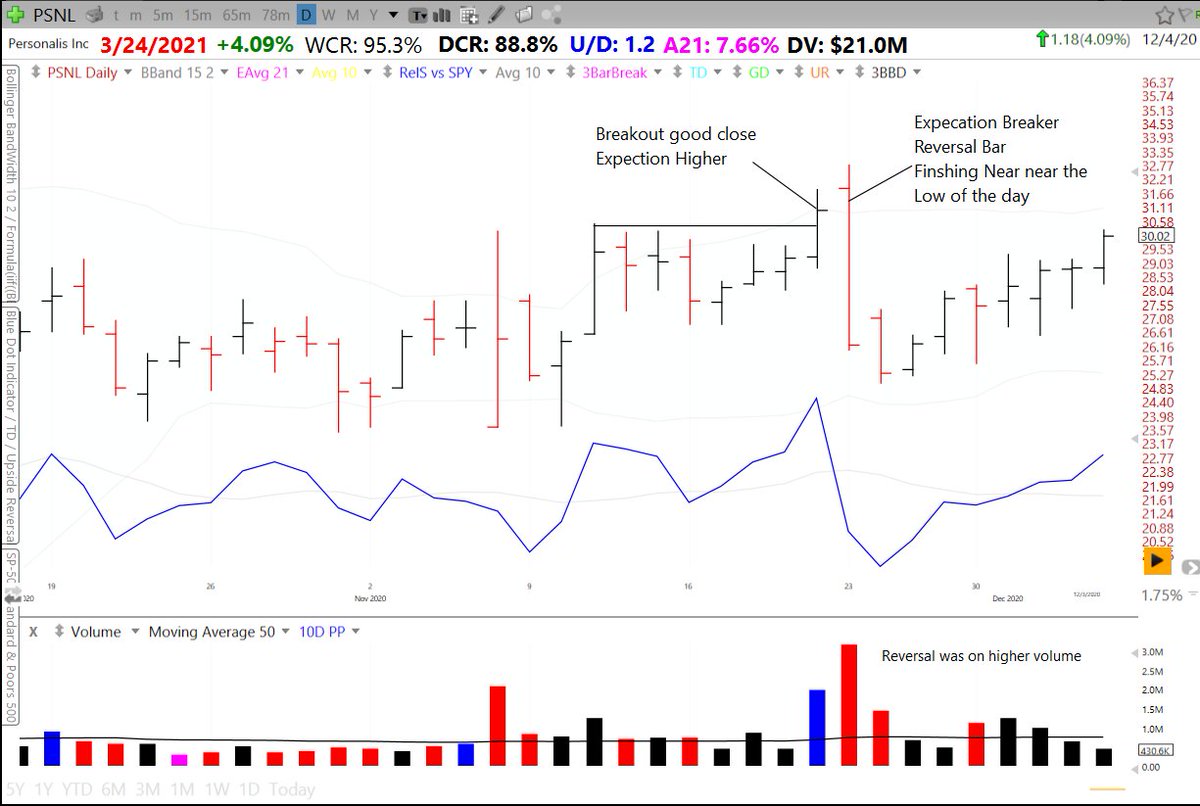
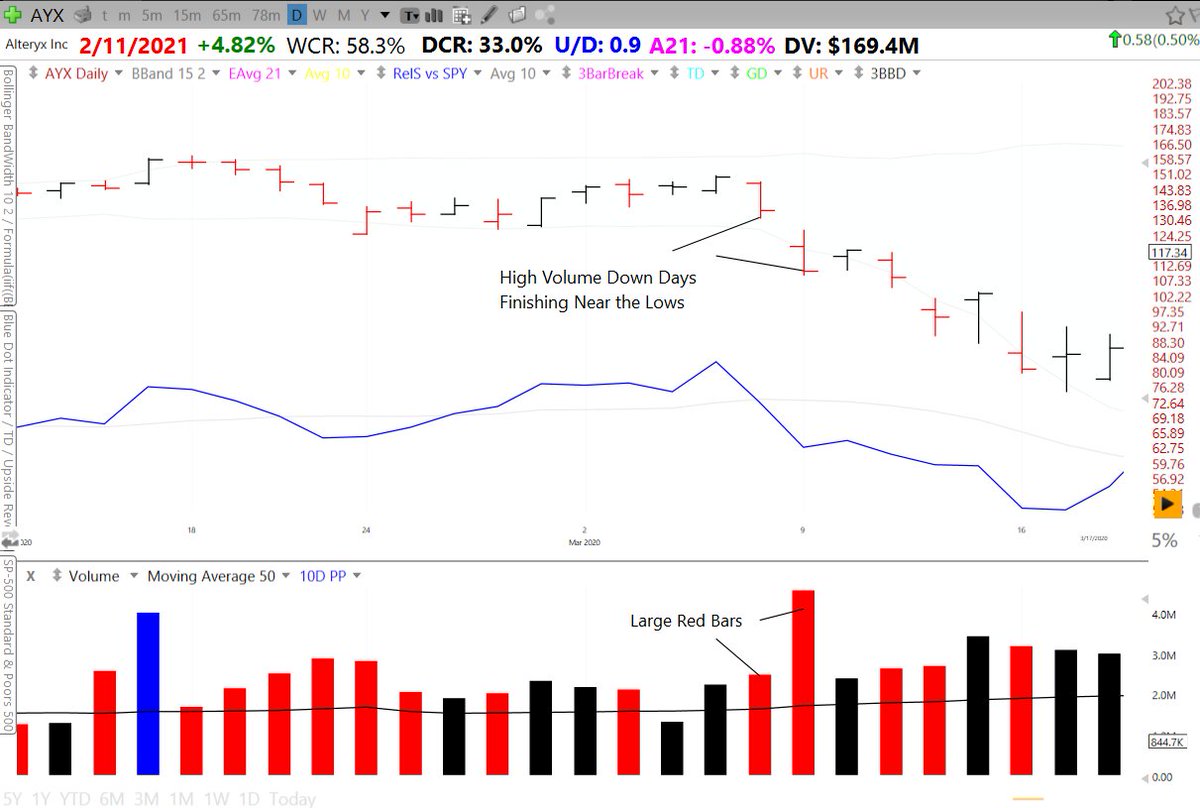
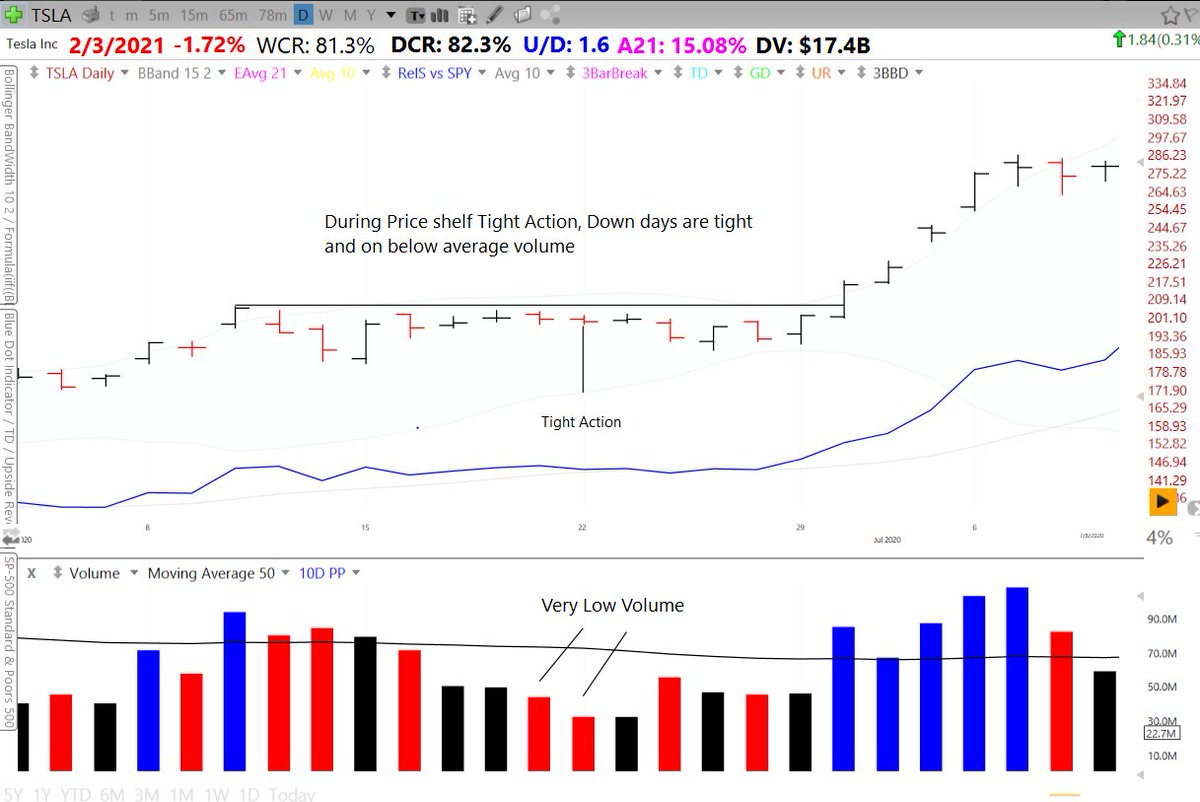
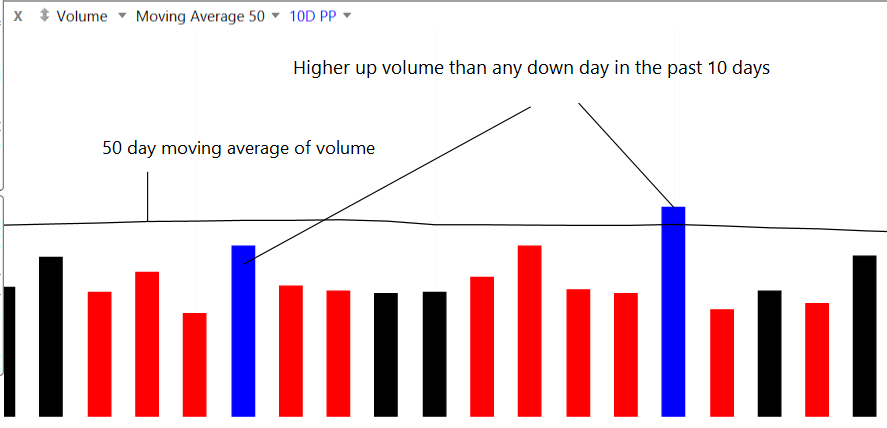
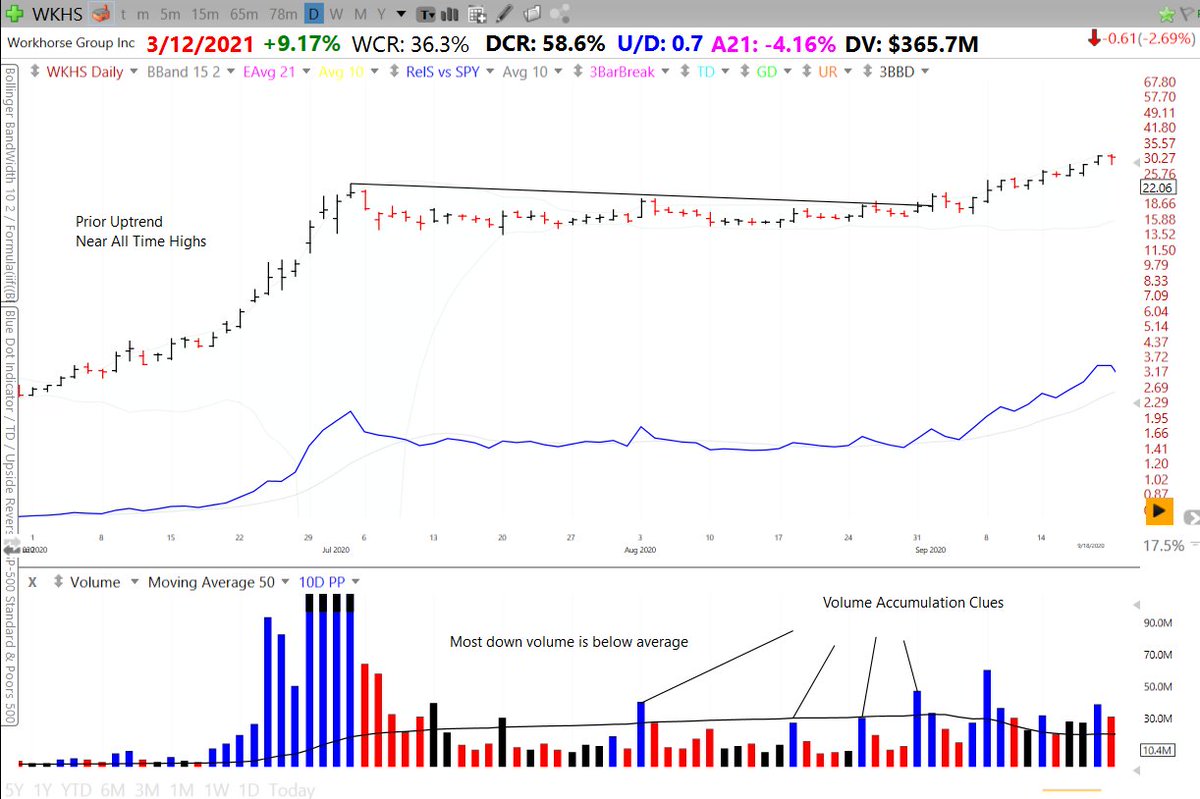
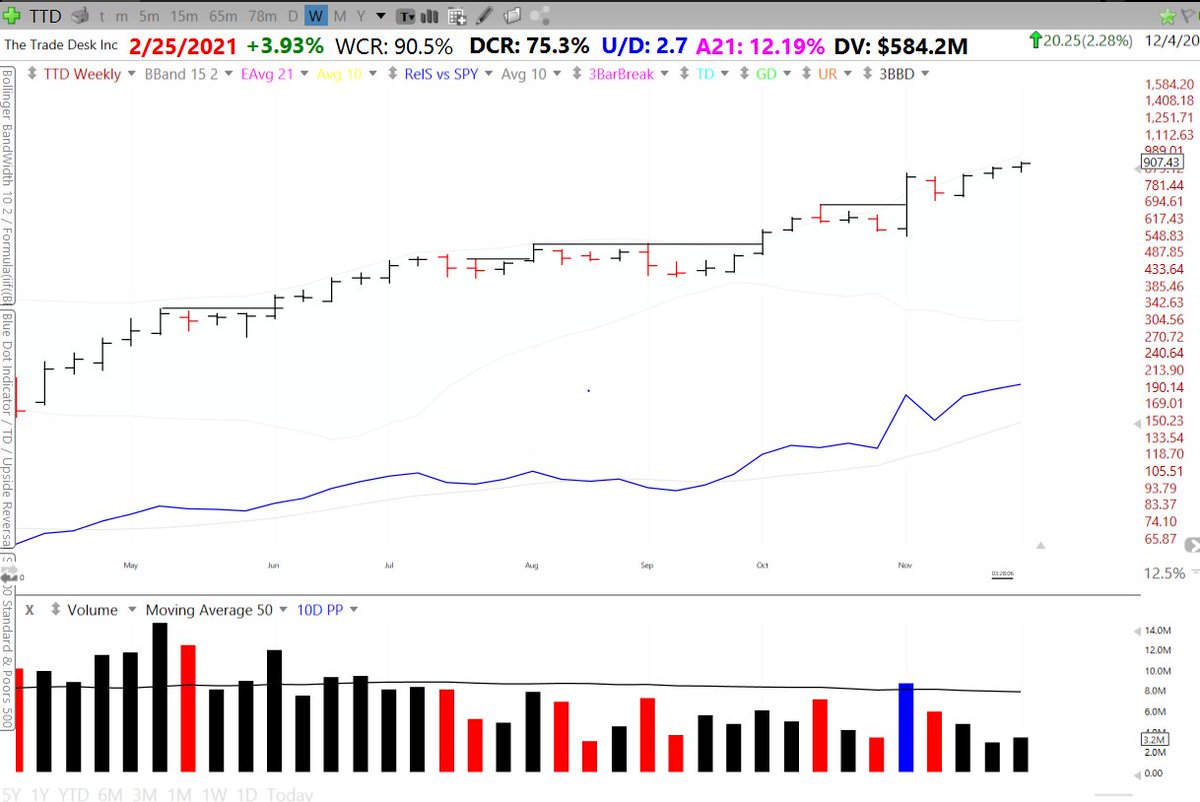
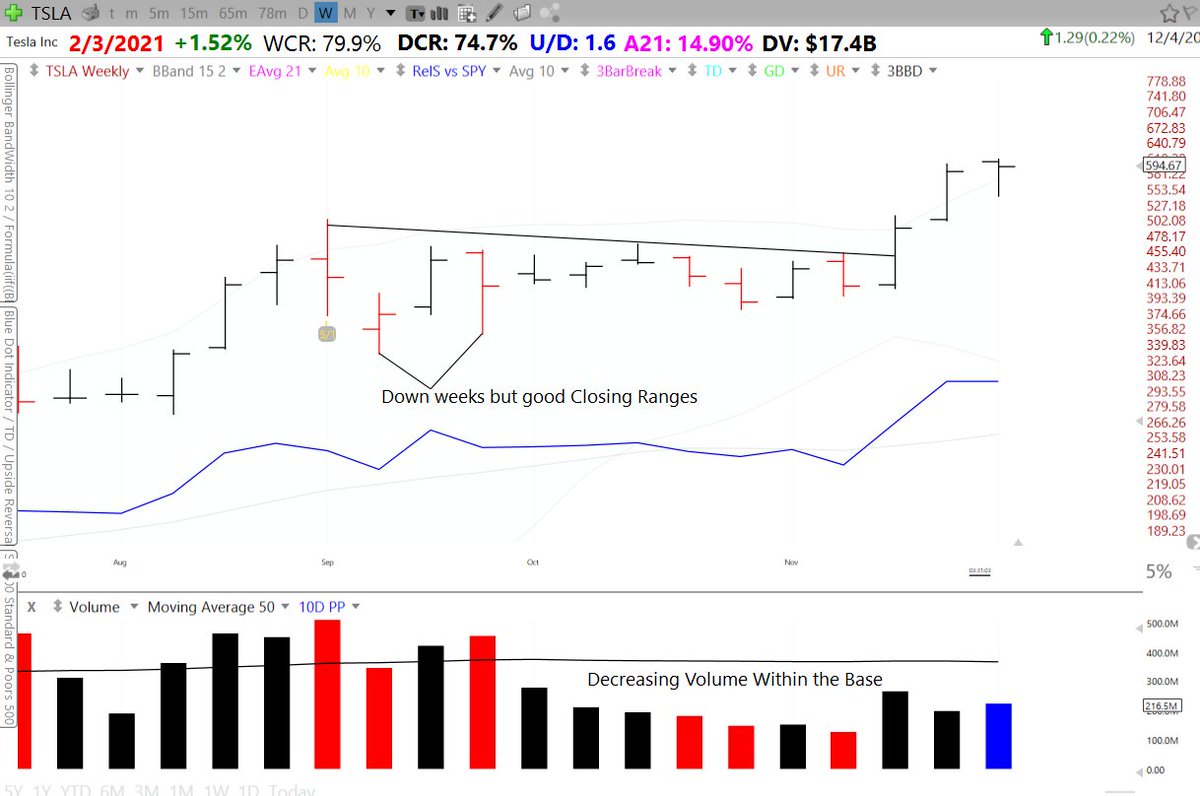
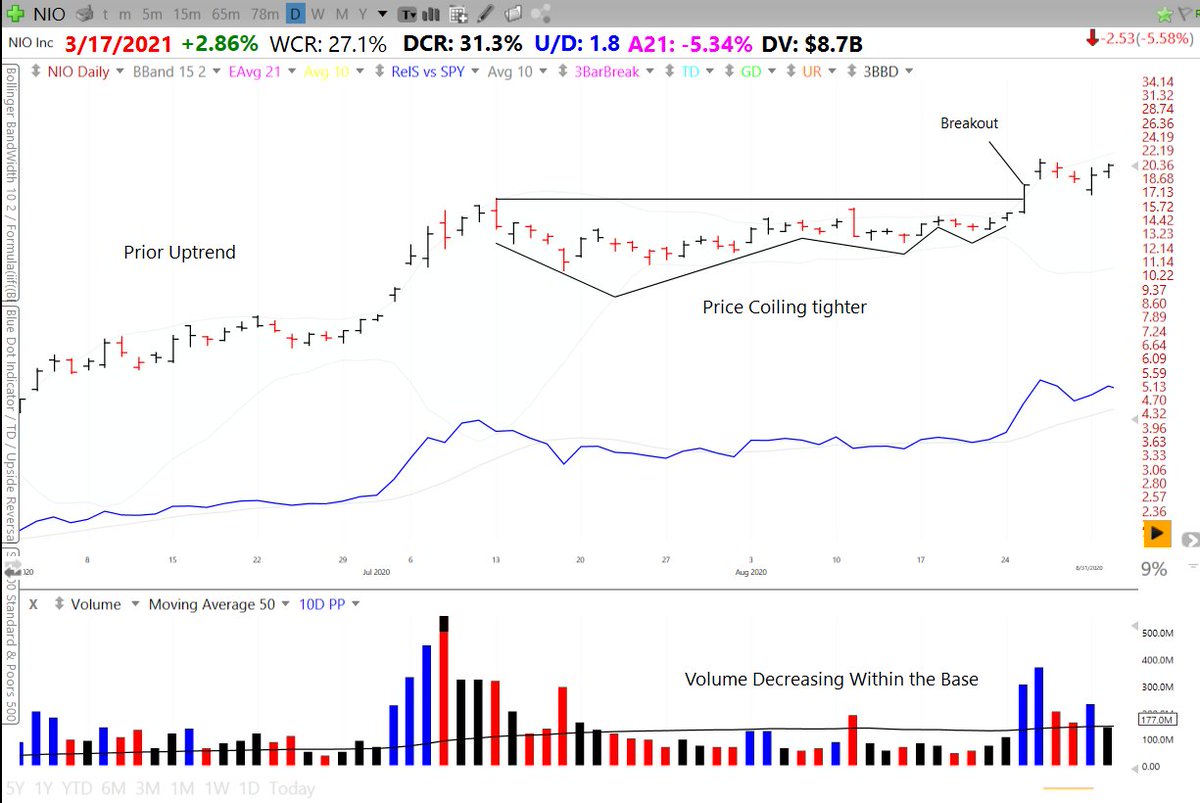


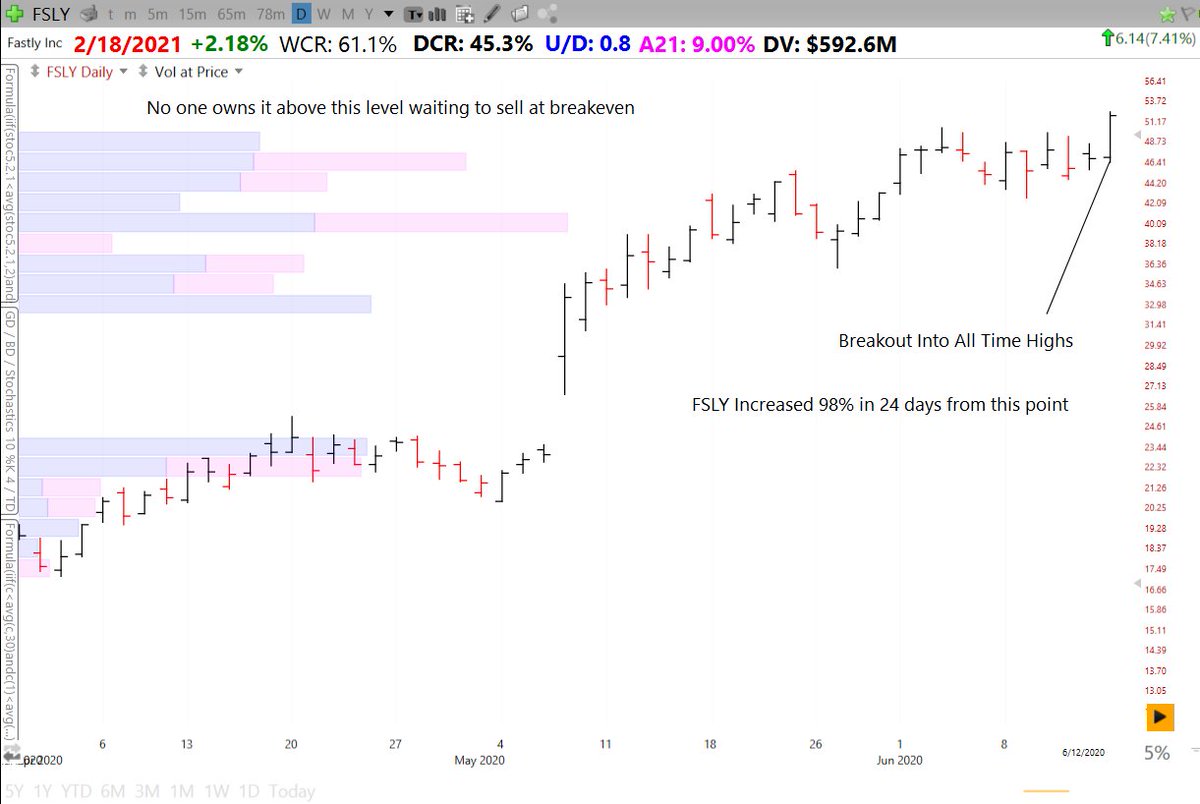
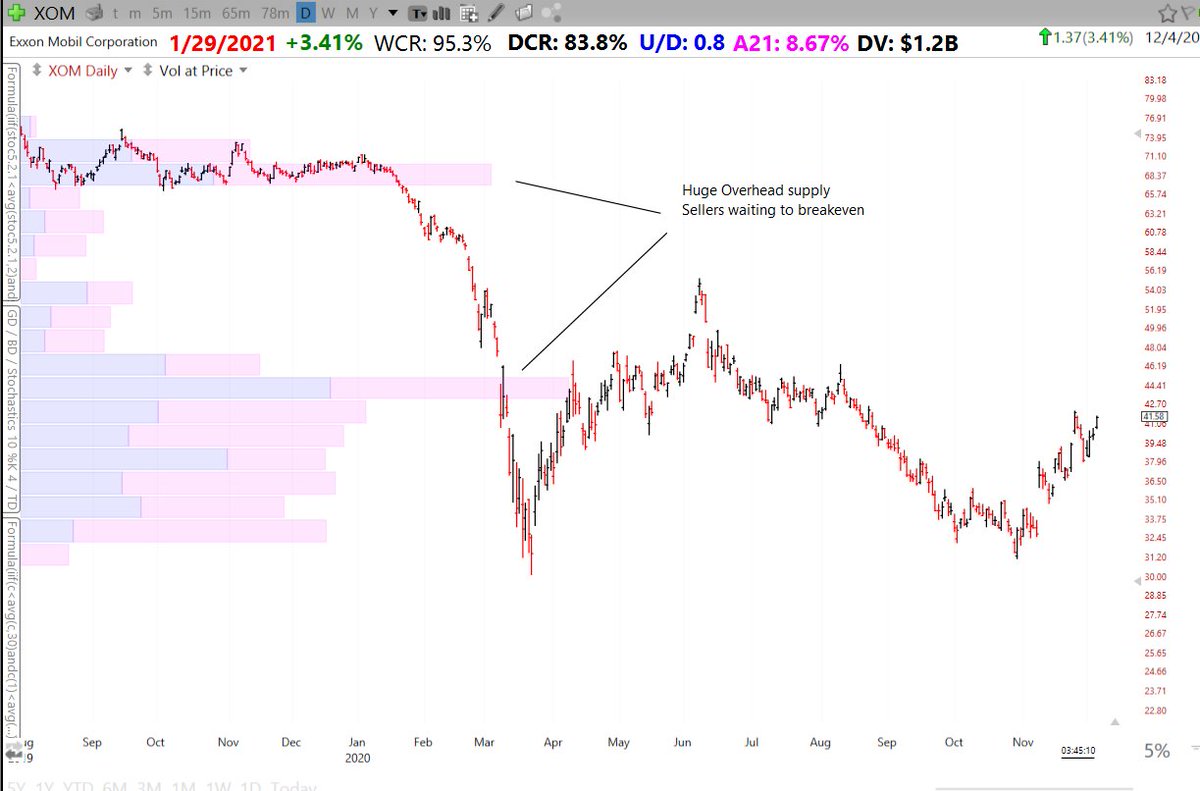
https://t.co/KGT7xQA9nS
Thread of Threads
— Richard Moglen \U0001f4fd\ufe0f\U0001f981\U0001f6a2 (@RichardMoglen) August 30, 2020
First, a little about mehttps://t.co/FnP1oR3rf7
More from Richard Moglen 📽️🦁🚢
How to time the market (thread)
There is the old saying that “Time in the market beats timing the market” The chart below from Dr. Wish’s @WishingWealth presentation at the @TraderLion_ conference shows that to be false.
Full presentation: https://t.co/o2f21GBXci
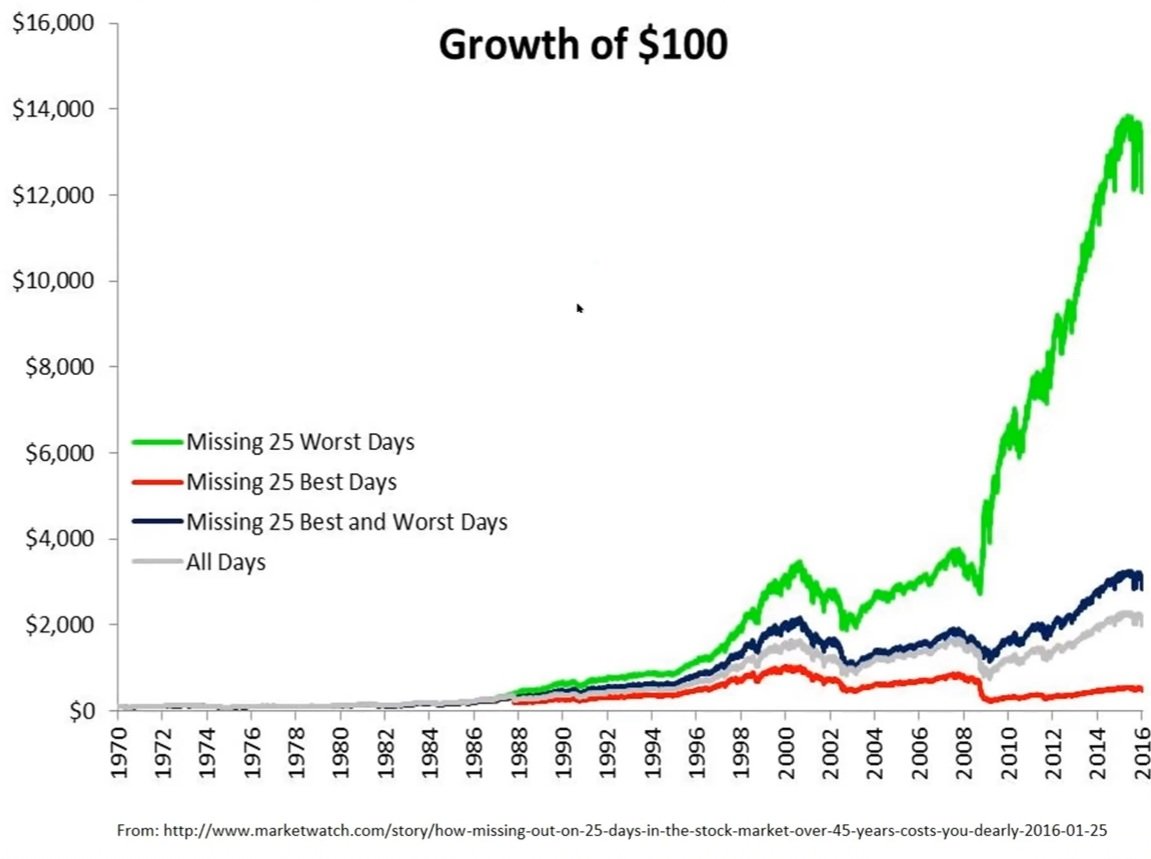
The green line is unattainable realistically, however, missing volatile times during corrections yields better performance than buy and hold and we can aim for the green line.
Investors usually only show the gray and red results.
More
There are many strategies for investing/trading in the stock market operating within different timeframes and with different objectives.
That is of course what creates a market and opportunity. Timing the market may not be what works for you or what fits your goals/lifestyle.
However, everyone involved in the market is here to make money over time and corrections can cause huge drawdowns in the high alpha names negating incredible performance during strong market uptrends.
There is the old saying that “Time in the market beats timing the market” The chart below from Dr. Wish’s @WishingWealth presentation at the @TraderLion_ conference shows that to be false.
Full presentation: https://t.co/o2f21GBXci

The green line is unattainable realistically, however, missing volatile times during corrections yields better performance than buy and hold and we can aim for the green line.
Investors usually only show the gray and red results.
More
There are many strategies for investing/trading in the stock market operating within different timeframes and with different objectives.
That is of course what creates a market and opportunity. Timing the market may not be what works for you or what fits your goals/lifestyle.
However, everyone involved in the market is here to make money over time and corrections can cause huge drawdowns in the high alpha names negating incredible performance during strong market uptrends.
The Importance of Trading Rules (Quick thread)
Last week I sent out this poll asking if people have a written
Over 60% of people said they did not have one.
It's now one of my main goals to get as many people as possible to commit to writing their own rules which codify their goals and methods.
I strongly believe that writing down your strategy especially if you are a new trader/investor will lead to improved and more consistent performance in the stock market.
Trading the markets is a tough business, money is on the line and emotions can run high.
Preparing ahead of time is essential so that in the moment you are just executing your plan.
This is the best way to stay in the game for the long haul

Last week I sent out this poll asking if people have a written
Do you have a written Trading/Investing Plan?
— Richard Moglen \U0001f4fd\ufe0f\U0001f981\U0001f6a2 (@RichardMoglen) March 7, 2021
Over 60% of people said they did not have one.
It's now one of my main goals to get as many people as possible to commit to writing their own rules which codify their goals and methods.
I strongly believe that writing down your strategy especially if you are a new trader/investor will lead to improved and more consistent performance in the stock market.
Trading the markets is a tough business, money is on the line and emotions can run high.
Preparing ahead of time is essential so that in the moment you are just executing your plan.
This is the best way to stay in the game for the long haul

What is a True Market Leader / TML (Thread)
(And how to find them)
In one sentence a TML is an institutional quality stock in a leading industry group with superior fundamentals and technicals
These are monster stocks which over the course of weeks and months increase +100% to +5,000%
TMLs are popular with traders/investors whose methodology is based on the CANSLIM system developed by William O'Neil.
He called them Model Book Stocks. Huge winners worth studying to identify common characteristics that they all share
O'Neil studied over 1000 model book stocks going back to the 1880s.
Many are shown and discussed in these must read books
How To Make Money in Stocks, O"Neil
https://t.co/S2sShZedUm
Monster Stocks, John Boik @monsterstocks1
A Few Examples courtesy of @SystematiCK_
Pic N Save
(And how to find them)
In one sentence a TML is an institutional quality stock in a leading industry group with superior fundamentals and technicals
These are monster stocks which over the course of weeks and months increase +100% to +5,000%
TMLs are popular with traders/investors whose methodology is based on the CANSLIM system developed by William O'Neil.
He called them Model Book Stocks. Huge winners worth studying to identify common characteristics that they all share
O'Neil studied over 1000 model book stocks going back to the 1880s.
Many are shown and discussed in these must read books
How To Make Money in Stocks, O"Neil
https://t.co/S2sShZedUm
Monster Stocks, John Boik @monsterstocks1
A Few Examples courtesy of @SystematiCK_
Pic N Save
#Study & #learn from past super #stocks
— SystematiCK Trader (@SystematiCK_) September 26, 2020
Example 22: Pic N Save - 1979
Sharpen your eyes & internalize
- which fundamental and technical setup fuelled the big gain
- how trade management was done
- the importance of acc./distr. volume
Credit to the great W. O\u2019Neil! pic.twitter.com/m888ZaGyMV
More from Traderlion
You May Also Like
THIS.
Russia hasn't been a willing partner in this treaty for almost 3 decades. We should have ended the pretense long ago.
Naturally, Rand Paul is telling anyone who will listen to him that Trump is making a HUGE MISTAKE here.
Rand is just like his dad, Ron. 100% isolationist.
They've never grasped that 100% isolationist is not 'America First' when you examine it. It really means 'America Alone'.
The consistent grousing of pursuing military alliances with allies - like Trump is doing now with Saudi Arabia.
So of course Rand has also spent the last 2 days loudly calling for Trump to kill the arms deal with Saudi Arabia and end our alliance with them.
What Obama was engineering with his foreign policy was de facto isolationism: pull all the troops out of the ME, abandon the region to Iranian control as a client state of Russia.
Obama wasn't building an alliance with Iran; he was facilitating abandoning the ME to Iran.
Obama wouldn't even leave behind a token security force, so of course what happened was the rise of ISIS. He also pumped billions of dollars into the Iranian coffers, which the Mullah's used to fund destabilizing activity [wars/terrorism] & criminal enterprises all over the globe
Russia hasn't been a willing partner in this treaty for almost 3 decades. We should have ended the pretense long ago.
Naturally, Rand Paul is telling anyone who will listen to him that Trump is making a HUGE MISTAKE here.
Arms control agreements are good when you have willing partners. Lightens the load on our military.
— John Noonan (@noonanjo) October 20, 2018
Russia hasnt been a willing partner in years. There will be gnashing of teeth from people who do arms control advocacy full time, but this is right movehttps://t.co/WmQE43ERCB
Rand is just like his dad, Ron. 100% isolationist.
They've never grasped that 100% isolationist is not 'America First' when you examine it. It really means 'America Alone'.
The consistent grousing of pursuing military alliances with allies - like Trump is doing now with Saudi Arabia.
So of course Rand has also spent the last 2 days loudly calling for Trump to kill the arms deal with Saudi Arabia and end our alliance with them.
What Obama was engineering with his foreign policy was de facto isolationism: pull all the troops out of the ME, abandon the region to Iranian control as a client state of Russia.
Obama wasn't building an alliance with Iran; he was facilitating abandoning the ME to Iran.
Obama wouldn't even leave behind a token security force, so of course what happened was the rise of ISIS. He also pumped billions of dollars into the Iranian coffers, which the Mullah's used to fund destabilizing activity [wars/terrorism] & criminal enterprises all over the globe

